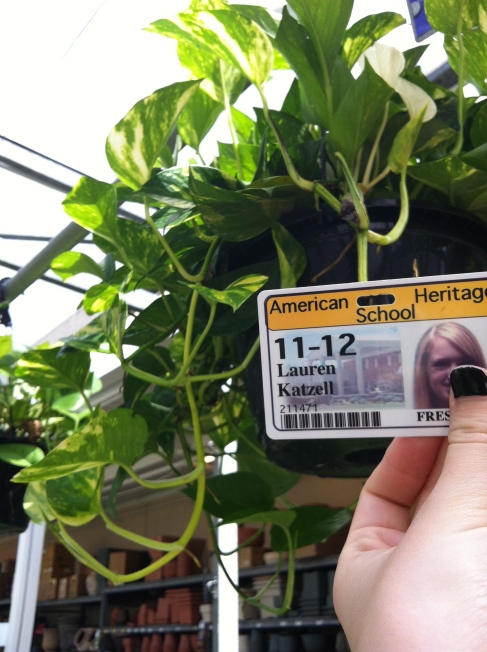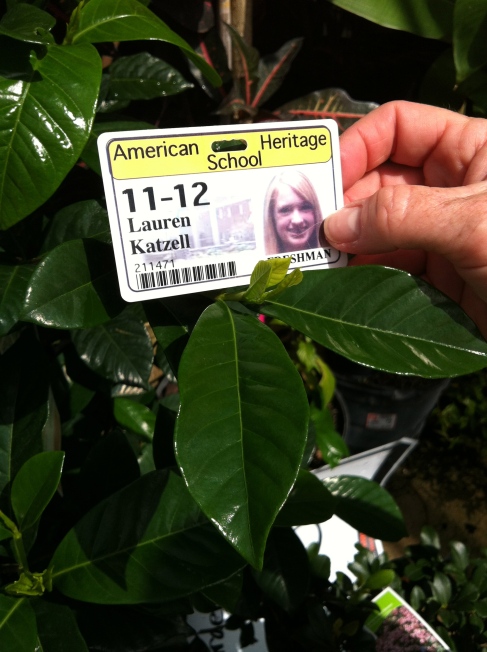This is a picture of bougainvillea. The colored parts of bougainvillea are modified leaves called bracts, which resemble petals. Although they are colored like petals to attract pollinators, they still retain the functions of a leaf. As seen in the picture, the bracts still have veins for water and nutrient transport.











You must be logged in to post a comment.